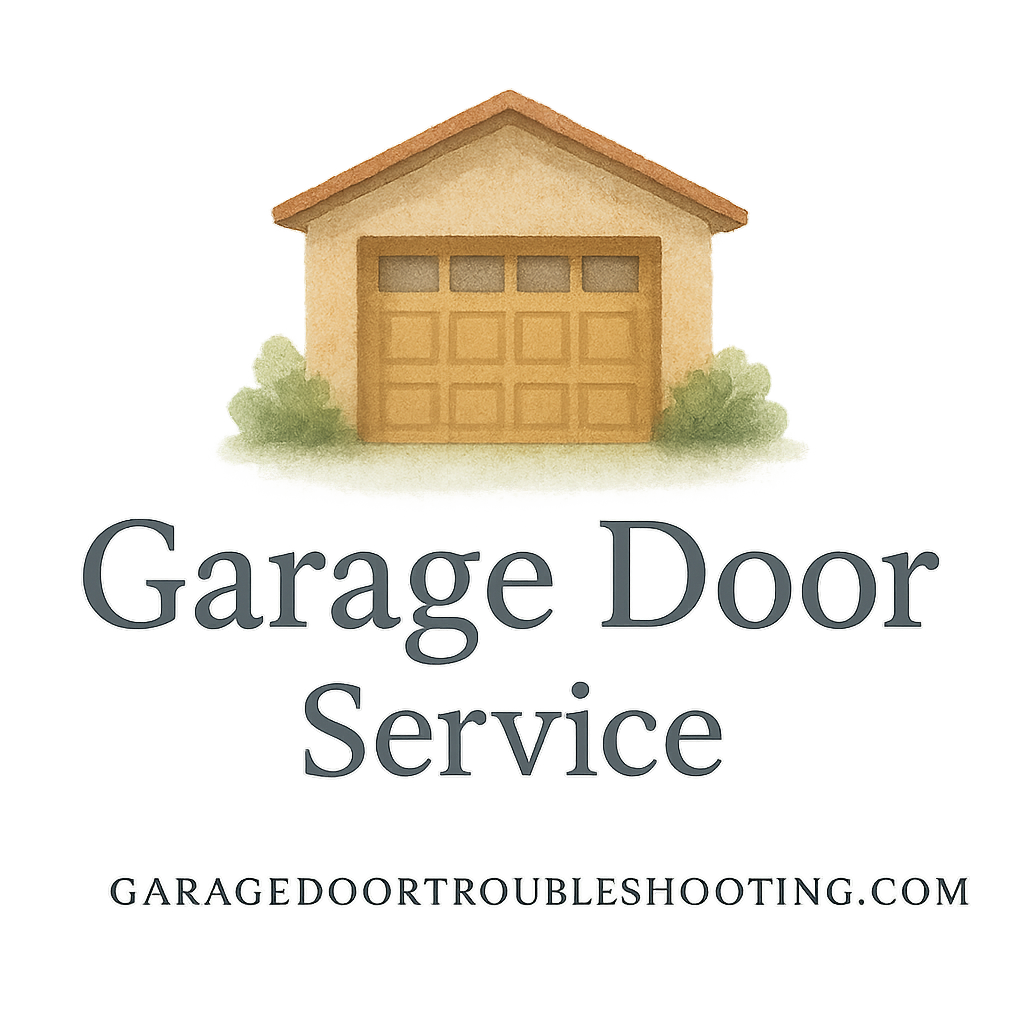Garage doors are the largest moving objects in most homes. They’re super helpful—until something goes wrong. If you’ve ever dealt with a garage door that suddenly refuses to budge or slams shut unexpectedly, you know how scary it can be.
Emergencies happen. But knowing what to do in those moments can keep you and your loved ones safe. In this guide, we’ll walk you through six crucial emergency garage door safety protocols that every homeowner should know.
Understanding the Importance of Emergency Safety
Why Garage Doors Can Be Dangerous
Garage doors aren’t just heavy—they’re really heavy. Some models can weigh over 300 pounds. Combine that with powerful tension springs and automated mechanics, and you’ve got a recipe for potential danger if things go south.
Malfunctions can occur due to:
- Power outages
- Worn-out springs
- Misaligned tracks
- Faulty sensors
Common Emergency Situations
Emergencies can look like:
- A door stuck halfway, posing a security risk
- A spring snapping suddenly
- Children or pets getting trapped beneath
- Remote control or sensor failure
That’s why understanding these garage door safety protocols is not just smart—it’s essential. For deeper insights, check out Garage Door Safety & Security.
Protocol 1: Manual Release Mechanism
What It Is and How It Works
Every automatic garage door has a manual release, usually a red cord hanging from the opener trolley. It’s your go-to tool when the power’s out or the door malfunctions.
Pulling it disengages the motor so you can operate the door manually. Sounds easy? It is, but only when used correctly.
When to Use It
- During power outages
- When the door won’t open automatically
- In emergencies when you need to exit fast
Safety Precautions
Never pull the cord when the door is open—the door could crash down. Always make sure it’s fully closed first. And teach all adult family members how to use it.
You can find more practical insights under our Homeowner Tips section.
Protocol 2: Disconnect the Power
Why It Matters in an Emergency
If your garage door is acting erratically, disconnecting the power prevents further motion and possible injuries. It’s like hitting the pause button.
Steps to Disconnect Safely
- Locate the opener’s plug.
- Unplug it from the wall outlet.
- Use the manual release to secure the door.
- If hardwired, turn off the circuit breaker.
Pro tip: Make this a habit during maintenance. Learn more at Garage Door Maintenance Tips.
Protocol 3: Keep the Area Clear
Avoiding Additional Injuries
Garage door issues can escalate quickly. Loose springs, swinging doors, or falling panels are nothing to joke about.
So, first things first—clear the area.
Best Practices for Family Safety
- Alert everyone in the home
- Keep kids and pets away
- Don’t try to “catch” a falling door
It’s wise to teach children about garage safety. Visit our Childproof Tag for ideas.

Protocol 4: Contact a Professional Immediately
Why DIY Can Be Dangerous
Some garage door issues are way beyond DIY. Trying to fix high-tension springs or electric components without proper tools or training? That’s a no-go.
Visit our hub of Garage Door Repair Guides for expert advice.
How to Find the Right Help
- Look for licensed and insured professionals
- Read online reviews
- Ask for same-day emergency service
Need help choosing the right one? Visit Garage Door Services & Professionals.
Protocol 5: Inspect for Broken Springs or Cables
Signs of Broken Parts
Look and listen. These parts usually show signs like:
- Loud snap or bang
- Door rising a few inches and stopping
- Loose or dangling cables
What NOT to Touch
Never touch the spring or cable if you suspect it’s broken. These components are under extreme tension and can cause serious injury.
Read more under Dangerous Repairs to avoid costly mistakes.
Protocol 6: Activate the Garage Door Lock
Securing the Garage After an Incident
Once the door is shut, manually locking it prevents unauthorized entry—especially important if the opener is disabled.
Many garage doors have a sliding bar lock that secures the door from the inside. Use it until everything is repaired.
When to Reactivate Automatic Functions
Only restore power or re-engage the opener when:
- A professional has cleared the system
- All components are verified safe
- The door moves smoothly
Don’t rush. Rushing leads to re-damage—or worse.
Preventing Emergencies Before They Start
Regular Maintenance and Inspection Tips
- Lubricate moving parts every 6 months
- Check cables and springs monthly
- Test the auto-reverse feature
- Schedule annual professional inspections
Stay ahead with our full guide on Garage Door Maintenance Plans.
Childproofing and Family Education
- Place remotes out of reach of kids
- Use keypad entry with secure codes
- Explain danger zones to children
Check out more safety-first parenting tips in our Family Tag.
Conclusion
When your garage door goes haywire, seconds count. Whether it’s pulling that manual release or clearing your kids from the area, knowing these six emergency garage door safety protocols can literally be a lifesaver.
And let’s be honest—your garage door isn’t something you think about every day. But when something goes wrong, it demands your attention.
Don’t wait for an emergency to get ready. Stay informed, stay prepared, and lean on resources like Garage Door Troubleshooting to keep your home safe and sound.
FAQs
1. What’s the first thing I should do if my garage door stops working?
Unplug the opener and use the manual release mechanism. Then assess the situation safely.
2. Can I repair broken springs on my own?
No. It’s extremely dangerous and should always be handled by professionals. Visit our Repair Tag for safe alternatives.
3. How often should I perform maintenance on my garage door?
Basic checks should be monthly, while professional inspections should happen annually. Learn more at Garage Door Maintenance Tips.
4. Is there a lock I can use during a power outage?
Yes, most doors have a manual slide lock you can engage from inside the garage.
5. What if my remote control stops working during an emergency?
Use the manual release cord, and check if the opener has power or if the remote batteries are dead.
6. How do I choose a reliable repair service fast?
Use Garage Door Services & Professionals to find trusted providers near you.
7. Should I upgrade my garage door system for better safety?
Absolutely. Modern systems come with better sensors and smart features. Check our Buying Guide for help.


